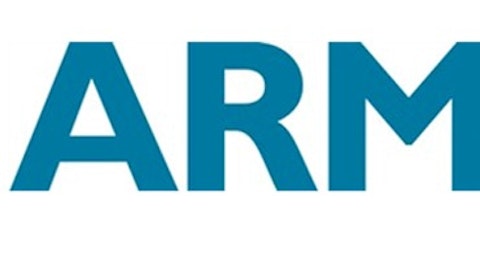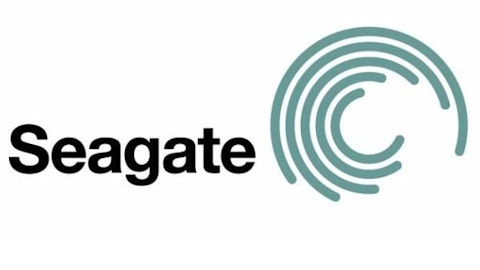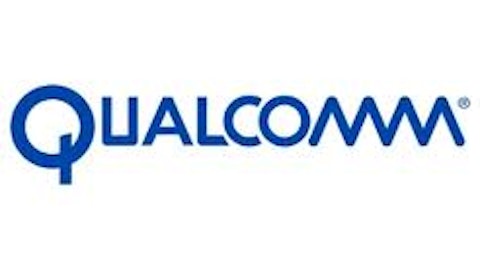Discrete graphics and high-end gaming
NVIDIA is a global leader in the Discrete Desktop and Notebook Graphics domain. Nonetheless, Intel Corporation (NASDAQ:INTC)’s new integrated graphics chipset can certainly pose a threat to NVIDIA Corporation (NASDAQ:NVDA). Nevertheless, I firmly believe the rapidly growing popularity for GPU’s for high-end gaming will enable NVIDIA Corporation (NASDAQ:NVDA) to still remain highly dominant in this segment. A superior image quality and a higher performance will always be preferred in high-end gaming, as the industry continuously evolves and the gaming technology is getting highly advanced. Intel Corporation (NASDAQ:INTC)’s integrated graphics does have its selling points and attributes, however NVIDIA’s superior quality product should have a higher preference.
During 2012, NVIDIA introduced the Kepler architecture, which includes the virtualization technology developed precisely into the graphics processing units. According to NVIDIA, the new Kepler technology is one of the most radical innovations to date in the industry and the company expects it to drive future revenues and increase the market share drastically. The GPU market share of NVIDIA grew to 65% in 2012 from 53% in 2011.
Opportunities in mobile computing
Tablets are expected to be the driving force behind NVIDIA’s success in mobile computing; in addition the company’s performance in smart phones also remains steady. The introduction of Tegra 3 is expected to further push NVIDIA in the mobile computing domain. The company recently also introduced the Tegra 4 processor that comes with both 3G and 4G/LTE technologies. 4G/LTE is a new radical technology that may be the future of wireless connectivity for sophisticated devices such as smart phones. The industry is witnessing a huge variety in technologies currently; however, LTE is reporting the most consistent growth. I believe the introduction of the new processor and an integrated LTE chipset will underpin NVIDIA’s success in the mobile computing market going forward.
Competitive landscape and conclusion
NVIDIA’s key competitors are Intel Corporation (NASDAQ:INTC) and Advanced Micro Devices, Inc. (NYSE:AMD). Intel Corporation (NASDAQ:INTC) derives 35% of its revenue from Notebook Processors, while the remaining is split between Server Processors, Desktop Processors and Notebook and Desktop Chipsets. The company has a market cap of $109 billion and reported a total revenue and EBITDA of $51 billion and $26 billion, respectively in 2011. The company competes directly with NVIDIA, however it’s much larger in size with regards to market cap and annual revenue.
Advanced Micro Devices, Inc. (NYSE:AMD) generates half of its revenue through Graphics and Notebook processors. The remaining is split between Desktop processors, Server Processors and Chipsets. The company has a market cap of $1.8 billion and reported a total revenue and EBITDA of $6.6 billion and $895 million respectively in 2011. Behind Intel Corporation (NASDAQ:INTC), Advanced Micro Devices, Inc. (NYSE:AMD) is the second largest microprocessors supplier in the world. In addition, it is also one of largest manufacturers of GPU’s, making it a prime competitor of NVIDIA.
NVIDIA has outperformed the competition in several facets during 2012. The company reported robust growth both in overall revenues and earnings. Competitors such as Intel and Advanced Micro Devices, Inc. (NYSE:AMD) reportedly struggled during the period; in contrast NVIDIA, due to strong fundamentals, emerged as a narrow winner. I believe, the stock will rally as we go deep into 2013 as, the current trends in the industry are highly favorable and only suggest a potential upward movement in the stock price.
The article Current Trends That May Give Nvidia Upside originally appeared on Fool.com and is written by Ashit Gulati.
Copyright © 1995 – 2013 The Motley Fool, LLC. All rights reserved. The Motley Fool has a disclosure policy.




